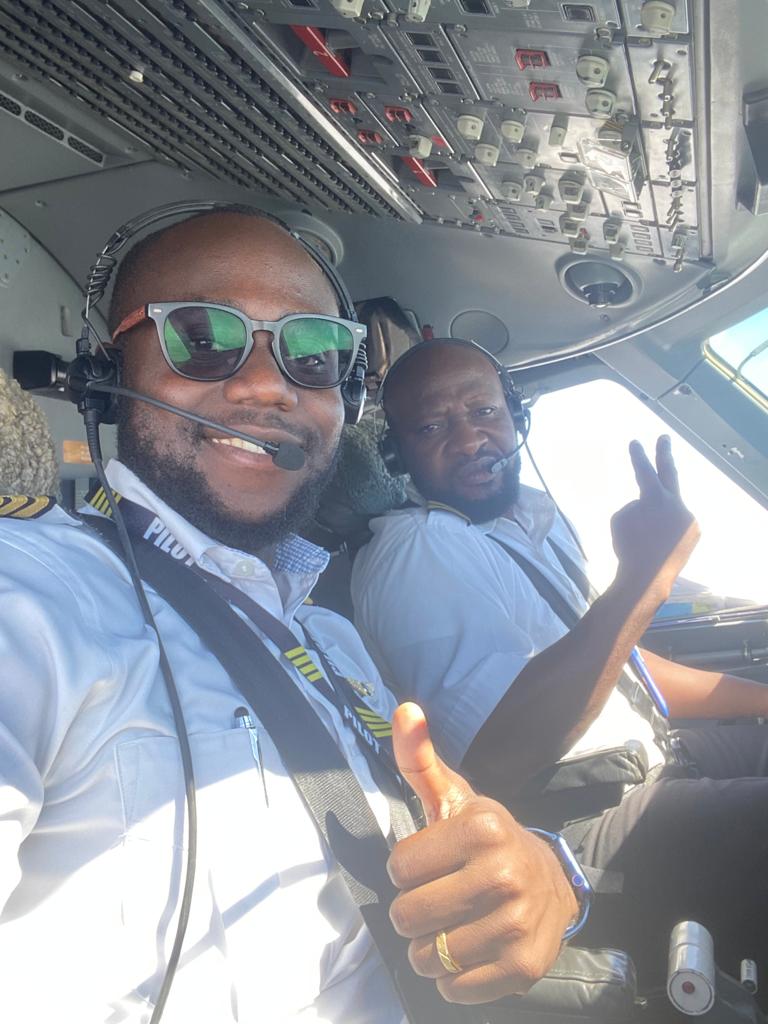
Flying on a private jet offers many advantages over commercial air travel: more convenience, privacy, flexibility, and a higher level of personalized service. However, the same robust safety standards still apply when traveling by private aircraft. Keeping pilots, crew, and passengers safe is always the top priority. In this blog post, we will highlight the comprehensive safety procedures and various ways of maintaining a strong safety culture. Here are some key private jet safety guidelines for operators to implement:
1. Private Jet Safety Guidelines: Pre-Flight Planning and Preparation
Thorough pre-flight planning is critical for safe operations. The pilots should meticulously review all factors that could affect the flight, such as the aircraft’s weight and balance calculations, fuel requirements, weather conditions, route planning, runway conditions, and potential emergency diversion airports along the route. They should also perform a comprehensive walkaround inspection of the aircraft’s interior and exterior, checking for any issues that could compromise safety.
Passengers should also do their part to prepare for a safe flight. They should arrive well-rested, sober, and ready to follow all crew instructions. Doing their homework on emergency procedures can also help them feel more informed and at ease before takeoff.

Private jet aircraft in the hangar are open for regular maintenance service.
2. Pilot Qualifications and Training
The pilot-in-command and any other flight crew members must have the proper qualifications and experience for the aircraft type and mission. A reputable private jet operator will invest heavily in hiring the most skilled and knowledgeable pilots, with extensive experience and ratings for that specific aircraft. Operators should also place a major emphasis on ongoing training programs for their crews. This includes regular ground school and simulator sessions, as well as recurrent proficiency training and checkrides. Pilots must continually refresh their knowledge and skills in order to handle any normal or emergency situation that may arise. While training is expensive, it reduces risk and builds a culture of professionalism that permeates the organization. Safety is worth the investment.
3. Aircraft Maintenance and Records
A rigorous, proactive aircraft maintenance program is one of the most crucial links in the safety chain. Private jet operators should meticulously follow all scheduled maintenance requirements and manufacturers’ service bulletins, as well as using reputable maintenance facilities and certified, experienced technicians. Maintenance personnel should receive training on that specific aircraft type.
Comprehensive records detailing all work done to the aircraft, engines, components, systems, etc. must also be meticulously kept and easily accessible. Maintenance tracking should comply with all applicable aviation regulations. Up-to-date, organized records allow mechanics to properly troubleshoot issues and ensure nothing gets overlooked between scheduled maintenance intervals.
4. Passenger Briefing and In-Flight Safety
Before each and every flight, passengers should receive a thorough safety briefing from cabin crew that covers emergency procedures, the location and operation of emergency equipment like exits, life vests, portable oxygen bottles, etc. Passengers should also be made aware of any specific safety considerations unique to that aircraft’s systems and configuration.
During the flight itself, passengers should secure their seatbelts whenever seated, even during smooth conditions. It’s important to strictly obey all instructions from the cabin crew, who are professionally trained to manage passenger safety. Proper behavior, attention, and restraint usage in the cabin help mitigate injury risks during turbulence or an emergency situation.

5. Operational Control and Safety Management System
The operating company itself should have robust policies, procedures, documentation, training programs, and safety management practices in place that align with industry standards. A designated person should exercise operational control over each flight and have the authority to make decisions affecting operational safety.
Key aspects of the operator’s Safety Management System (SMS) should include a positive safety culture where open communication is encouraged, effective safety risk management processes, and non-punitive employee hazard/issue reporting systems. The company should promote a “safety first” mindset and continually analyze data from all areas to identify and mitigate potential risks.
6. Advanced Aviation Technology
While not a total replacement for human skill and judgment, modern aviation technology offers many enhanced capabilities that improve the safety of private jets. Pilots should take full advantage of equipment like TCAS (Traffic Collision Avoidance Systems), synthetic vision, heads-up displays, flight data monitoring systems, and more. These tools provide increased situational awareness and other safety benefits.
7. Staying Up-To-Date on Best Practices
Regulations, maintenance procedures, recommended practices, training methods, and available technology are always evolving in the aviation industry. Those involved in private jet operations must stay proactive to keep their knowledge and capabilities current. Maintaining memberships and networking within professional organizations like NBAA, NATA, AOPA, etc. allows operators to stay plugged in to the latest safety advancements and learn from a broader knowledge base.
Maintaining a Culture of Safety with PB Jet Charter!
Ultimately, Private Jet Safety Guidelines revolve around a mindset and commitment to doing things correctly—safely. Leadership must actively nurture and embed a strong safety culture into the organization’s DNA; it cannot be taken for granted. Private Business Jet Charter has intentionally cultivated and ingrained a robust safety culture from the top down. By firmly implementing strict safety protocols throughout, PBJet Charter provides clients and passengers with unparalleled peace of mind during their business or leisure travels through the skies. For the ultimate sky experience, reach out to Private Business Jet Charter today.

